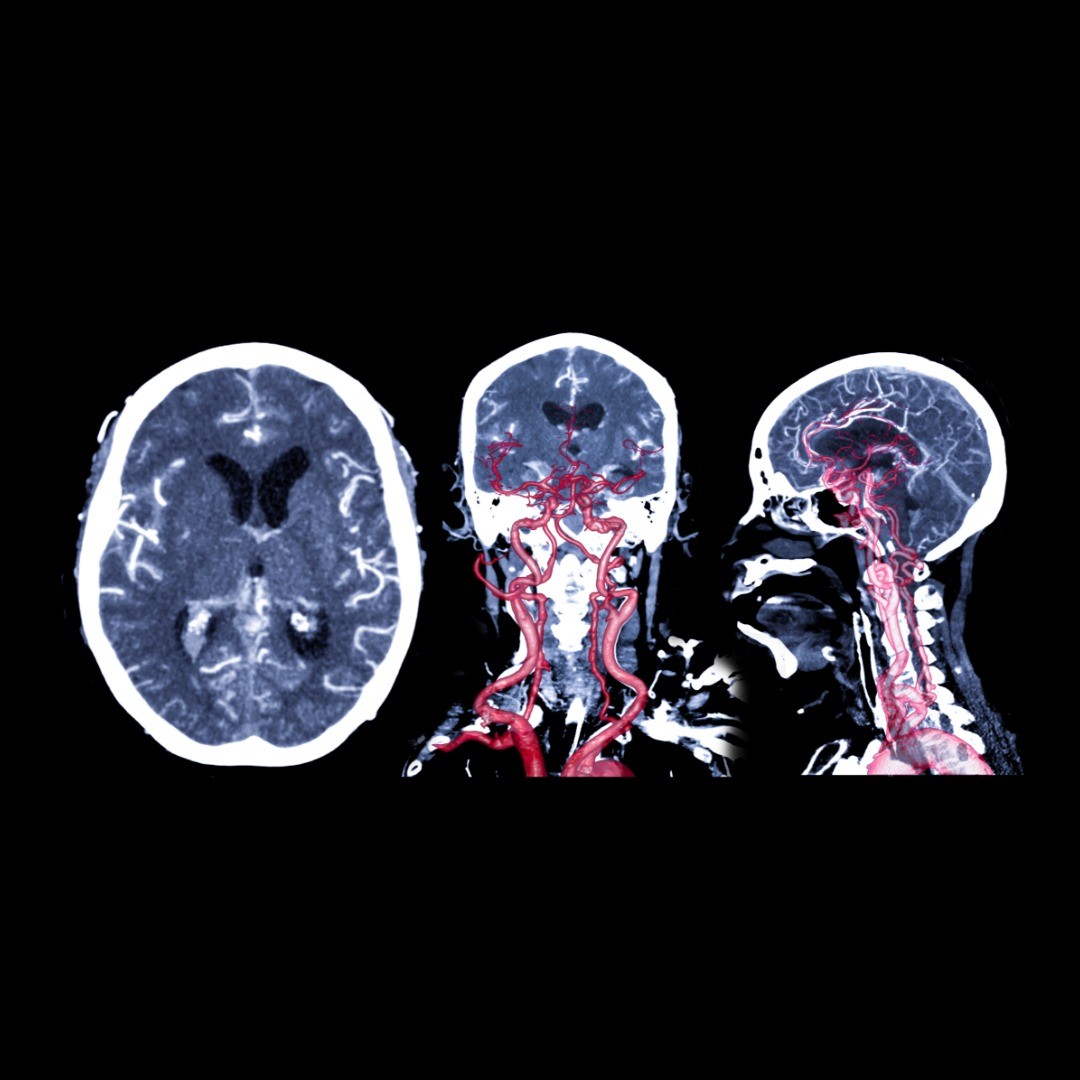- PATIENT FORMS | REQUEST A CONSULTATION | CONTACT US
- 1-844-NSPC-DOC
Brain Aneurysm Treatment
What Is a Brain Aneurysm?
A brain aneurysm, also known as a cerebral aneurysm, is a weak area in the blood vessel wall of the brain. An aneurysm can balloon and then rupture or leak, causing a stroke.
What Are the Types of Brain Aneurysm Treatments?
Treatment recommendations depend on a variety of factors including the size of the brain aneurysm and the health of the patient.
Observation – Since very small aneurysms do not usually rupture, if the bulge in your brain’s artery wall is sufficiently small, your doctor may recommend long-term observation. Brain surgery can prove risky even for patients in the best of health. Your physician will clearly explain the risk factors associated with choosing to wait and see, and you may require ongoing monitoring over the long term.
Coil Embolization – In this minimally invasive brain aneurysm treatment, a tiny, soft metal coil is inserted into the artery to block blood flow into the aneurysm to prevent a rupture:
- A thin flexible tube is inserted into the blood vessel, usually via the femoral artery. The catheter is threaded up to the cerebral blood vessel using fluoroscopic imaging.
- At the aneurysm, a thin wire is coiled within the bulge.
- The coiled wire is left in place to prevent additional blood from filling up the space; the remaining wire and tubing are removed.
Coil embolization is considered the less invasive of the two surgical brain aneurysm treatment options, with less blood loss and a faster recovery time.
Surgical Clipping – The third form of common brain aneurysm treatment is considered open brain surgery.
- To access the aneurysm, the neurosurgeon will need to peel back the soft tissue of your head, drill an opening in your skull (the procedure is called craniotomy) and open up the dura (the outer membrane surrounding your brain).
- A small clip is attached at the site of the aneurysm to completely isolate it from blood flow, which significantly reduces the risk of it bursting.
- Screws and plates may be used to fix the bone flap in place. The skin flap is then sealed up with sutures or surgical staples.
Generally, the patient will need to remain in the intensive care unit for at least a few days, and at times longer.
Brain Aneurysm Treatments at NSPC
NSPC Brain & Spine Surgery (NSPC) (NSPC) has leading physicians in the New York region with a range of neurosurgical subspecialties and related fields. Our multi-disciplinary medical teams provide experience and expertise for open brain surgeries such as surgical clipping to treat brain aneurysms.
Our award-winning neurosurgeons provide minimally invasive neuroendovascular surgeries such as coil embolization for brain aneurysm treatments, at our premier medical centers in Long Island and the NY tristate area.
Physicians
Connect With Our 7 Convenient Locations
across Long Island, NY
Our expert physicians, surgeons and doctors are ready to serve you at our 7 convenient locations across Long Island, NY. Connect today to learn how our award winning, world class experts can help.
4250 Hempstead Turnpike Suite 4,
Bethpage, NY 11714
(516) 605-2720
COMMACK
353 Veterans Memorial Hwy,
Commack, NY 11725
(631) 864-3900
One Hollow Lane, Suite 212
Lake Success, NY 11042
(516) 442-2250
MANHATTAN
215 E. 77th Street Ground Floor
New York, NY 10075
(646) 809-4719
EAST SETAUKET
226 North Belle Mead Road, Suite C
East Setauket, NY 11733
(631) 828-3001
100 Merrick Road, Suite 128W
Rockville Centre, NY 11570
(516) 255-9031
WEST ISLIP
500 Montauk Hwy
West Islip, NY 11795
(631) 983-8400
World
Class
Expertise
For over 50 years & 350,000 patients NSPC has been a trusted global medical leader.
Contact us today for an appointment or consultation.



